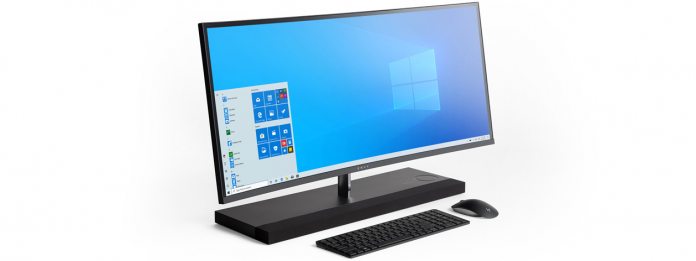For the most part, getting information about an upcoming Windows Server 2022 update is rare. Microsoft usually keeps the details under wraps in the Insider Program. Every so often, Microsoft breaks the mold and drops some details. We already know the next upgrade will be Microsoft’s new Windows Server Long Term Servicing Channel (LTSC) release. Previously, the company has said the new versions will start shipping “towards the end of 2021”. If you’re unfamiliar with LTSC, it means this Windows Server will not receive feature updates like the cloud-attached platform. This is by design, allowing organizations to have the service in on-premises situations. LTSC releases get security updates for 10 years from Microsoft.
Features
At Ignite 2021 yesterday (check out our full Ignite coverage here), Microsoft provided a list of features coming to Windows Server 2022:
“Apply advanced multi-layer protection against threats enabled easily with secured-core server. Secure connectivity to business-critical assets with an additional layer of security during transport, including support for HTTPS and TLS 1.3 enabled by default. Manage and govern Windows Server on-prem with Azure Arc Get better virtual-machine management with the latest Windows Admin Center. Migrate file servers from on-premises to Azure with new supported scenario in Storage Migration Service. Improve container application deployment with smaller image size for faster download and simplified network policy implementation. Update .NET applications with the new containerization tool in Windows Admin Center.”
Microsoft says Windows Server 2022 is now in full preview. That means members of the Insider program can download the Windows Server 2022 preview builds to start testing. Tip of the day: Fast startup (a.k.a hiberboot, hybrid boot, hybrid shutdown) is a power setting that adjusts the OS’ behavior when it starts up and shuts down. Though it is unlikely fast startup will seriously harm your computer, there are a few reasons you might want to disable it following our tutorial.




